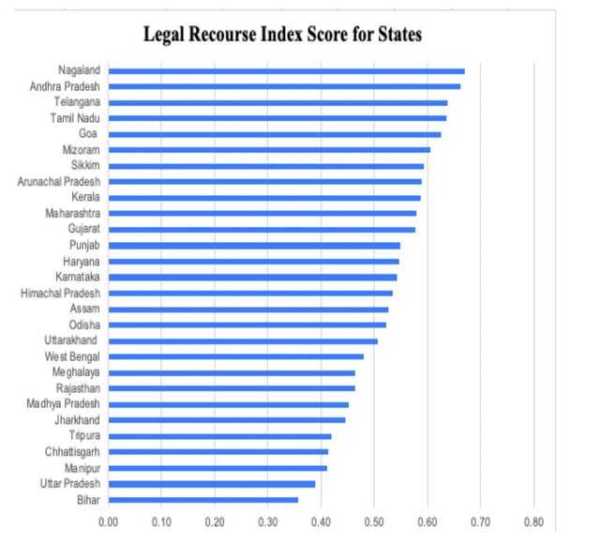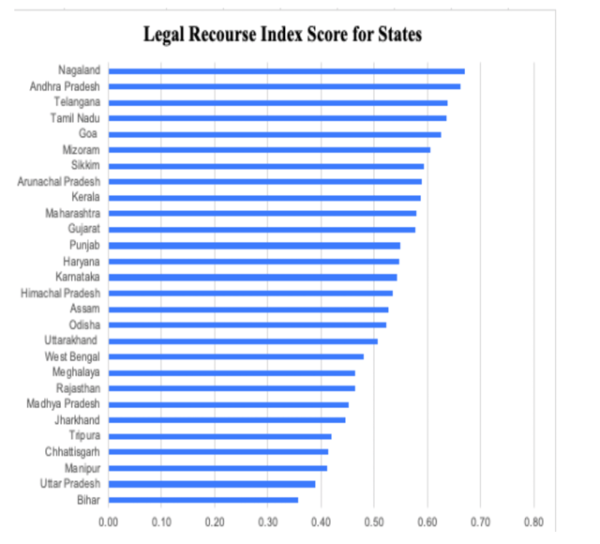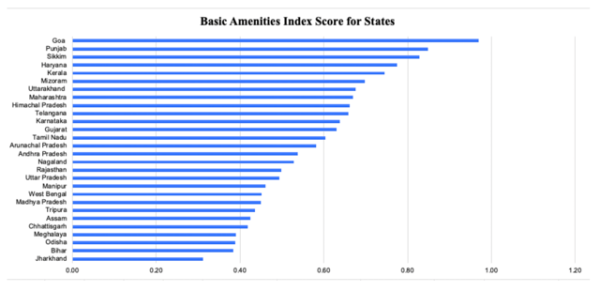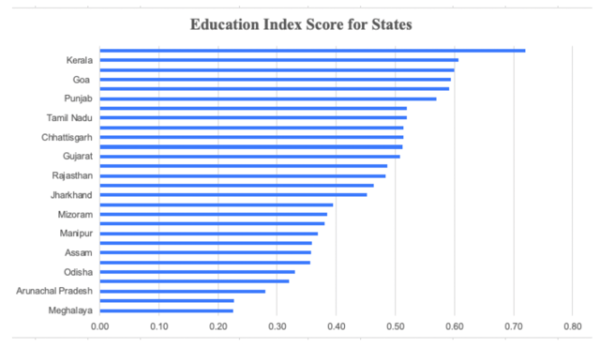
Elections are taking place in and , and so, it is essential to assess how effectively governments are expanding access to opportunities for their citizens, i.e., access to basic amenities, healthcare, education, socio-economic security, and legal recourse. And to what extent are state administrations addressing deeply rooted inequalities within their jurisdictions?
The advancements—or lack thereof—in these areas offer valuable insight into how governments are responding to the needs of the electorate.
A recent study, the conducted by the Centre for New Economic Studies (CNES) at OP Jindal Global University, delves deeper into understanding access-equality issues in Maharashtra and Jharkhand. It aims to measure inequality beyond income across India using the five aforementioned pillars and 60 indicators.
In this article, we look at poll-bound Maharashtra and Jharkhand.
MaharashtraThe political landscape in Maharashtra has been constantly evolving, shaped by shifting alliances, emerging leadership, and changing voter priorities. The evolving environment continues to influence policy decisions and governance, making Maharashtra a key state to watch in the elections.
The state has emerged as a strong performer, according to our report, ranking eighth overall with a composite score of 0.52, marking a significant leap from 13th position in 2021.
When it comes to access to basic amenities, Maharashtra again secured eighth place, with 70.1 percent of households having a piped water connection within their homes or yards, and 76.8 percent residing in pucca houses.
However, the state's performance in healthcare lagged behind, ranking 20th, with a child mortality rate of 28 percent and only 22.4 percent of households having at least one member covered by any health insurance or financing scheme.
Figure 1 helps us understand how Maharashtra stands compared to other states.

Figure 1.
In education, while Maharashtra boasts a high net enrolment ratio of 63.1 percent, only 47.9 percent of schools are equipped with functional internet. On the socio-economic front, public assistance to the disabled population is notably low, with just 12 percent receiving aid.
Nonetheless, the state performs well in financial inclusion, with 93.7 percent of individuals owning bank accounts.
In terms of legal recourse, Maharashtra does well with 1,168 police stations and 87.6 percent of services provided through the state's citizen portal. However, prison overcrowding remains a concern, with an occupancy rate of 148.8 percent.
Figure 2 sheds light on the state of legal recourse across states of India.

Figure 2.
In conclusion, Maharashtra's overall progress highlights its strengths in basic amenities, education, and legal recourse, but significant challenges remain in healthcare and social support.
JharkhandJharkhand's inequality landscape remains a critical issue. Ranked 18th overall with a composite score of 0.37, the state has made significant strides, climbing from 28th in 2021, but it continues to be categorised as an aspirant state.
In terms of access to basic amenities, Jharkhand is the worst performer, with only 15 percent of households having access to clean cooking fuel and just 9.2 percent benefiting from a piped water supply.
Figure 3 showcases how Jharkhand fares as compared to other states in terms of basic amenities.

Figure 3.
The healthcare scenario is equally concerning, ranking 24th, with only 38.6 percent of mothers receiving four antenatal care visits and 75.8 percent of births occurring in institutions, well below the national average.
However, Jharkhand shines in education, with an annual dropout rate of 9.3 percent, and it shows promise in the socio-economic sphere, where 90.4 percent of individuals own bank accounts and the worker-population ratio stands at 60.9 percent.
Despite these improvements, the state struggles with legal recourse, ranking 24th. There are 443 inmates per police officer, and prison overcrowding remains a challenge with an occupancy rate of 121.5 percent.
Figure 4 shows the state of access to education for states across India.

Figure 4.
Therefore, Jharkhand, despite making notable advancements from previous rankings, continues to lag in basic amenities and healthcare, while excelling in education and workforce participation.
In conclusion, both states must focus on addressing these disparities through targeted policy reforms to foster inclusive growth.
It must be stated, however, that development issues alone do not shape election results. They remain a key determinant in shaping the political campaigns of parties and their leadership, but the tradecraft of winning elections goes way beyond that.
Whichever party wins the upcoming assembly elections may do so not just with the knowledge of local development issues, but with the granular management of grassroots cadre, socio-political arithmetic, and a social group-wise management strategy.
(Deepanshu Mohan is a Professor of Economics, Dean, IDEAS, Office of Inter-Disciplinary Studies, and Director of Centre for New Economics Studies (CNES), OP Jindal Global University. He is a Visiting Professor at the London School of Economics, and a 2024 Fall Academic Visitor to the Faculty of Asian and Middle Eastern Studies, University of Oxford. Ankur Singh is a Research Assistant with the Centre for New Economics Studies, OP Jindal Global University and a team member of its InfoSphere initiative. This is an opinion article and the views expressed above are the author’s own. The Quint neither endorses nor is responsible for them.)